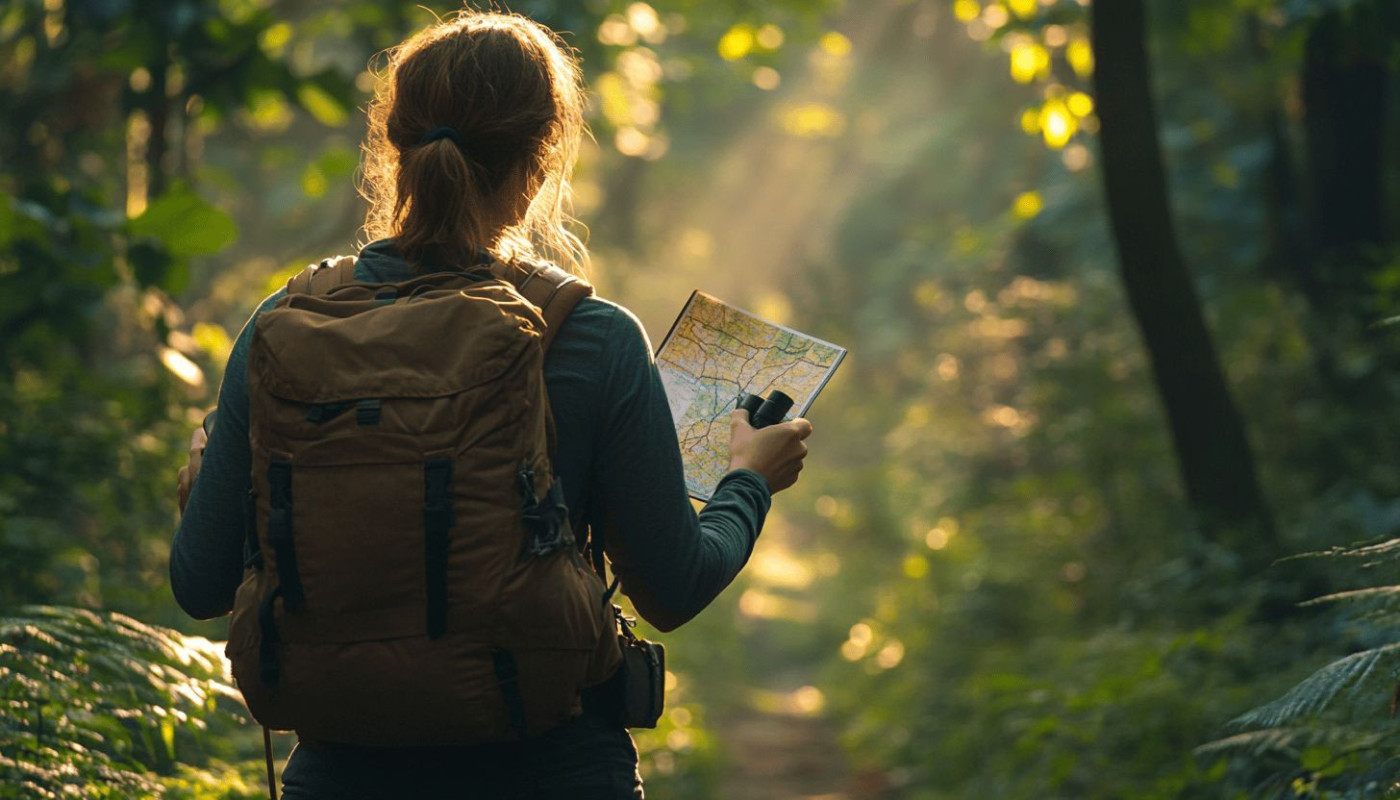Table of contents
As the chill of winter beckons outdoor enthusiasts to snow-covered landscapes, the decision to rent or buy winter sports equipment becomes a hot topic. Weighing the pros and cons of each option is key to maximizing time on the slopes and ensuring one's finances are as healthy as their love for adventure. This exploration will delve into the intricacies of renting versus buying, guiding you through the practicalities and financial considerations that could enhance your winter sports experience. Join us as we unravel the benefits and navigate the choices that will shape your snowy escapades.
Assessing Cost-Effectiveness
When contemplating the choice between renting and buying winter sports equipment, understanding the cost differences is key to making an informed decision. Rental expenses can vary widely depending on location, equipment quality, and duration of use, making short-term rentals appealing for sporadic enthusiasts. Yet, for regular winter sports participants, purchasing equipment often presents a more economical option over time. It is vital to consider equipment depreciation—the loss in value of the equipment over time due to wear and usage—as this affects both the long-term investment value of buying and the potential resale value that can recoup some of the initial purchase price. A thorough cost-benefit analysis that examines these factors alongside personal usage patterns can illuminate which option might offer the greatest overall value. It is recommended that individuals assess their frequency of participation in winter sports to determine if the upfront cost of purchasing is justified or if the flexibility of renting aligns more closely with their lifestyle and financial goals.
Flexibility and Variety
For winter sports enthusiasts, the flexibility in choosing the right equipment can greatly enhance their experience. Renting offers unparalleled gear flexibility, allowing individuals to select from a wide rental variety of skis, snowboards, and other necessary gear tailored to the specific seasonal conditions they plan to face. This adaptability is advantageous for those who enjoy exploring different terrains and snow qualities, as it eliminates the commitment to a single type of gear. Moreover, opting for rentals provides the opportunity to test the latest models each season, an option that can be both cost-prohibitive and impractical for someone looking to purchase. Testing these latest models can lead to better performance and enjoyment on the slopes, as different gear specifications might suit a skier's evolving style or the changing demands of a snowboarder's technique. Furthermore, such variety ensures that one always has access to equipment in optimal condition, a factor that can significantly affect safety and enjoyment. For those considering a trip to the Swiss Alps, finding equipment that is perfect for skiing can make all the difference in making the most of the pristine slopes and breathtaking scenery.
Maintenance and Storage
When considering whether to purchase or rent winter sports equipment, one must take into account the responsibilities of maintenance and storage. Owning such gear entails a commitment to regular equipment maintenance, ensuring that items such as skis, snowboards, and ice skates are in top condition for safety and performance. This upkeep often involves additional costs, including but not limited to, professional tuning and the possibility of repairs. It is paramount that owners engage in preventive maintenance to extend the lifespan of their equipment and guarantee optimal function. On the contrary, hassle-free renting relieves the individual from these ownership responsibilities. Renters can enjoy the convenience of using equipment that is maintained by the rental company, which typically includes professional servicing before each use. Moreover, storage solutions are another factor to consider. While owners need to find adequate space to safely store their gear off-season, renters have the luxury of returning the equipment, thereby negating the need for personal storage. The time, effort, and expense saved through renting can be considerable, making it an attractive option for many winter sports enthusiasts.
Environmental Considerations
When evaluating the choice between renting and buying winter sports equipment, the environmental impact often tips the scales in favor of renting. Sustainable practices such as resource sharing contribute to a smaller ecological footprint by minimizing the demand for new products. Every piece of equipment has a life cycle assessment—this accounts for the environmental costs from production to disposal. Renting extends the life span of gear, reducing the frequency of manufacturing and the attendant strain on resources. Moreover, by choosing to rent, consumers actively participate in waste reduction, as fewer items are discarded into the environment. While the personal convenience of ownership is tempting, the eco-friendly advantages of renting are a compelling consideration for those committed to preserving our natural playgrounds.
Investing in Personal Progression
One of the significant advantages of purchasing winter sports equipment lies in the realm of personal skill development. Owning your gear can lead to greater performance consistency, as athletes grow accustomed to the nuances of their specific equipment. This equipment familiarity is not just about comfort; it's a pathway to personal progression in the sport. Over time, the use of the same skis, snowboard, or ice skates allows for the development of muscle memory, a phenomenon where repeated physical movement is executed with increasing precision and efficiency. As athletes train and perform with their equipment, they build a sport connection that can deeply enhance their technique and enjoyment of the activity. For those dedicated to improving their prowess on the slopes or the rink, investing in personal equipment can be a transformative decision in their athletic journey.
Similar articles














